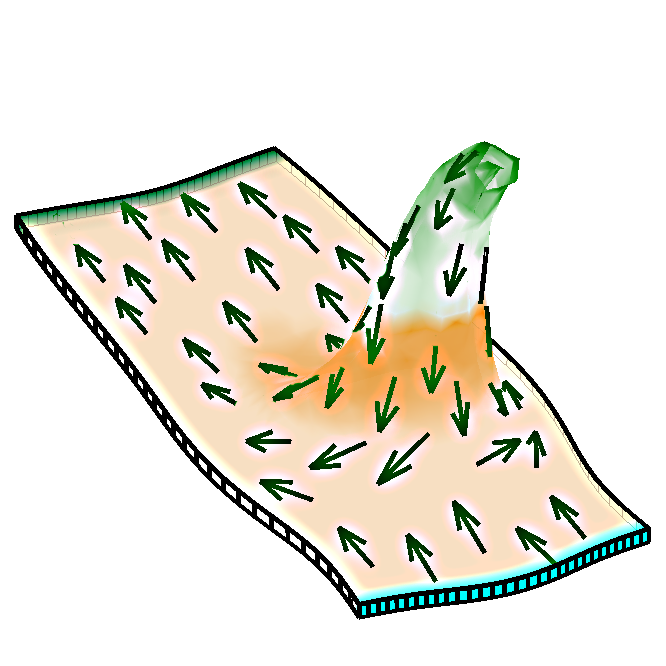AAMToolbox Details: Difference between revisions
No edit summary |
No edit summary |
||
| Line 2: | Line 2: | ||
==What is the ''AAMToolbox''?== | ==What is the ''AAMToolbox''?== | ||
[[Image:GPT_thumbnail2.png|thumb|left|100px]] | [[Image:GPT_thumbnail2.png|thumb|left|100px]] | ||
'''We wish to understand''' how the biological organs grow to particular shapes. For this, we need to measure biological things in two and three dimensions. The icon is based on Fig. 4 of reference 1, and shows an asymmetrical spur that has grown under the influence of a polariser gradient, indicated by the arrows. | '''We wish to understand''' how the biological organs grow to particular shapes. For this we need a tool to help us think through what we expect to see, i.e. model growth ([[Software#AAMToolbox|''GFtbox'']]), and we need to make measurements of real biological organs to test our expectations (hypotheses). | ||
However, the shapes of biological organs rarely make measurement simple - how do you measure the three dimensional (3D) shape of an ear, leaf or Snapdragon flower? The''' ''AAMToolbox'' is designed to measure the shapes of organs''' relative to each other. It can | |||
For this, we need to measure biological things in two and three dimensions. The icon is based on Fig. 4 of reference 1, and shows an asymmetrical spur that has grown under the influence of a polariser gradient, indicated by the arrows. | |||
Revision as of 16:13, 9 February 2012
What is the AAMToolbox?
We wish to understand how the biological organs grow to particular shapes. For this we need a tool to help us think through what we expect to see, i.e. model growth (GFtbox), and we need to make measurements of real biological organs to test our expectations (hypotheses).
However, the shapes of biological organs rarely make measurement simple - how do you measure the three dimensional (3D) shape of an ear, leaf or Snapdragon flower? The AAMToolbox is designed to measure the shapes of organs relative to each other. It can
For this, we need to measure biological things in two and three dimensions. The icon is based on Fig. 4 of reference 1, and shows an asymmetrical spur that has grown under the influence of a polariser gradient, indicated by the arrows.
